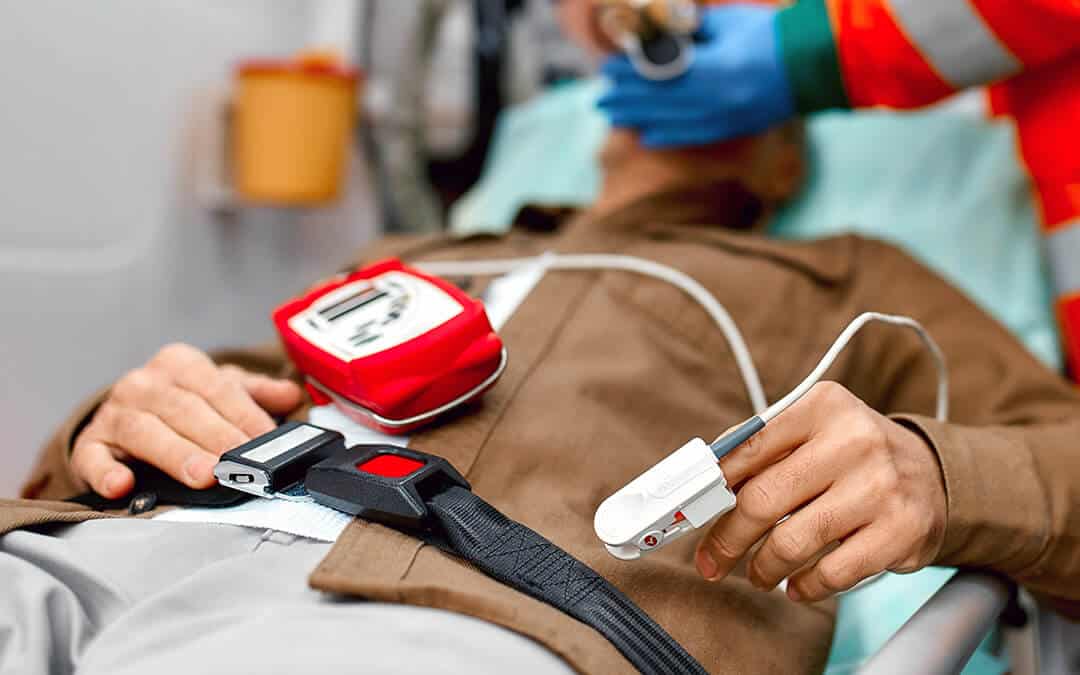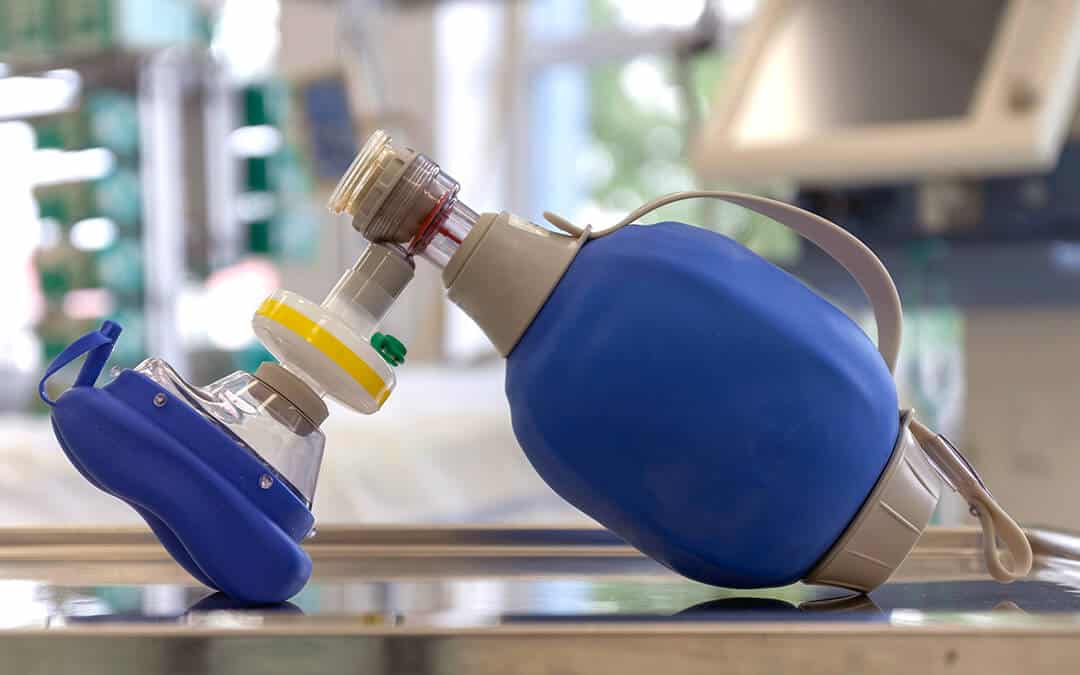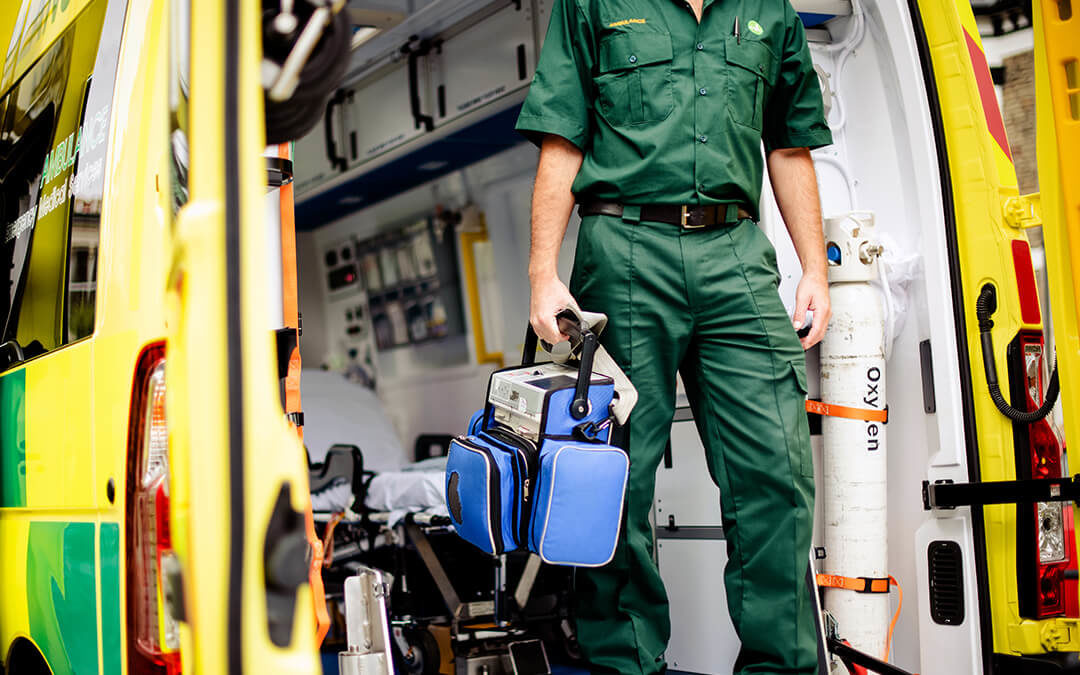Oxygen keeps us alive. With our atmosphere containing 21% oxygen, oxygen is found all around us. But even then, there are times when supplemental oxygen may be needed. Although most of these times will be emergencies, emergency medical service (EMS) professionals are properly trained to provide patients with oxygen in order to facilitate faster healing.
History of Oxygen and EMS
Oxygen has been a part of the EMS toolkit for quite a while. In the Victorian ages, it was learned that oxygen was essential for many biological processes. So the Victorians assumed that the more oxygen a patient received, the better they would fare overall. This assumption has more or less been the standard for modern medical applications.
Historically, in EMS, it has been taught that hypoxia (low oxygen in your tissues) is bad and should be treated with high concentrations of oxygen. But in the 1980s, the introduction of pulse oximetry made it possible to accurately measure the oxygen level (oxygen saturation) of the blood. With this introduction, the detrimental aspects of high-concentration oxygen could be more readily seen and understood.

Too Much Oxygen?
But how can too much oxygen be bad, especially when we need it to survive? Recent research has shown that unchecked, high-flow oxygen can reach toxic levels within minutes. For example, respiratory distress / hypoxic patients should always receive supplemental oxygen, but only to the point of re-establishing normal saturations. Continuing oxygen delivery outside of this is not helpful and can be harmful, causing damage to cell membranes, the lungs, retinal detachment and seizures.
Current guidelines recommend giving oxygen only when oxygen saturation levels are below 90%, but not above. Recently, several studies have been published that show more conservative target guidelines for supplemental oxygen administration. Supplemental oxygen therapy should be considered when a patient’s oxygen saturation levels are less than 93%. And even then, the supplemental oxygen administration must be watched to ensure that the levels do not exceed 96%. However, this rule does not apply to patients with carbon monoxide poisoning, sickle cell crisis, pneumothorax or cluster headaches.
When Should Oxygen Be Used?
So with this new knowledge surrounding oxygen use, who should get oxygen? The answer is: anyone who needs it (within reason). When administering oxygen, EMS personnel should always use the available technologies to monitor a patient’s oxygenation and ventilation status. This includes pulse oximetry, capnography, oxygen flow regulators, various oxygen masks and cannulas. It’s important for any EMS provider administering oxygen to carefully monitor saturation readings the entire time.

Most EMS providers use the same basic guidelines for administering oxygen. For example, if the patient is breathing normally, and their oxygen saturation level is greater than 94%, oxygen is not needed. But if the oxygen saturation level is lower than that or the patient has mild respiratory difficulty, a nasal cannula with oxygen can be used. If the patient is working hard to breathe, a mask may be used. Emergency oxygen should also be considered in these situations:
- For adults: Breathing rate is less than 12 breaths per minute or more than 20 breaths per minute
- For children (between two and 16 years old): Breathing rate is less than 15 breaths per minute or more than 30 breaths per minute
- For infants (under two years old): Breathing rate is less than 25 breaths per minute or more than 50 breaths per minute
- Patients with hypoxia (signs include headache; shortness of breath; fast heartbeat; confusion; and bluish color in skin, fingernails, and lips)
It’s important to remember that EMS providers use supplemental oxygen as a medication. And as with any medication, there are precautions, side effects, and procedures that go along with it. While there are many reasons to avoid delivering prolonged, high-concentration oxygen, the current tools make it easier for EMS professionals to deliver the right oxygen therapy for patients’ needs. If you are an ambulance or paramedic service and need medical-grade oxygen, contact CalOx. We’ve partnered with emergency medical service providers throughout Southern California (LA, Ventura, Orange, Riverside, and San Bernardino) for years and we’re dedicated to making medical oxygen delivery, storage, and service easy for our customers. Contact us today for a quote!
Sources:
https://www.emssafetyservices.com/how-to/o2-101/
https://emsairway.com/2019/12/27/we-love-oxygen/#gref
https://www.ems1.com/ems-products/capnography/articles/hyperoxia-too-much-of-a-good-thing-2pfv44crnXNzJcOA/
